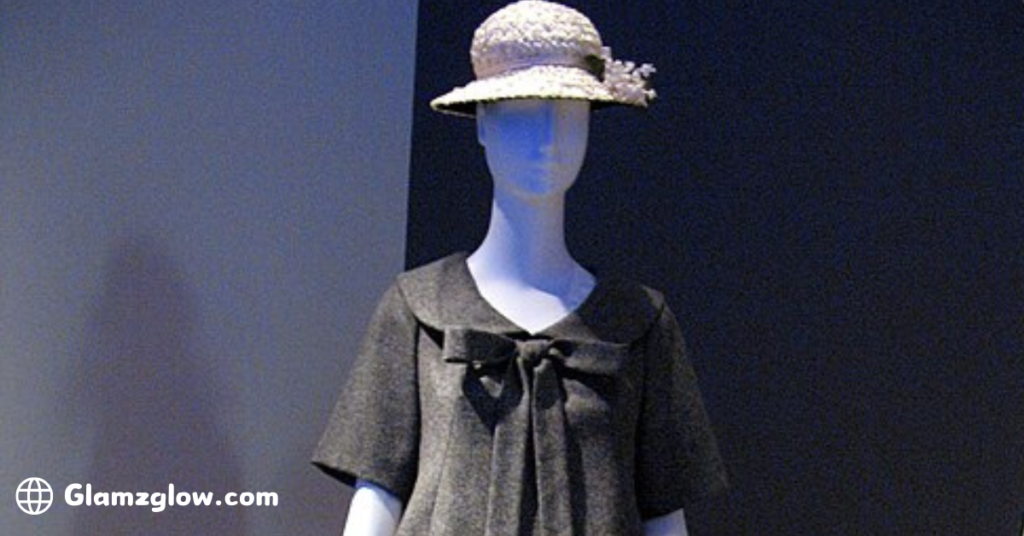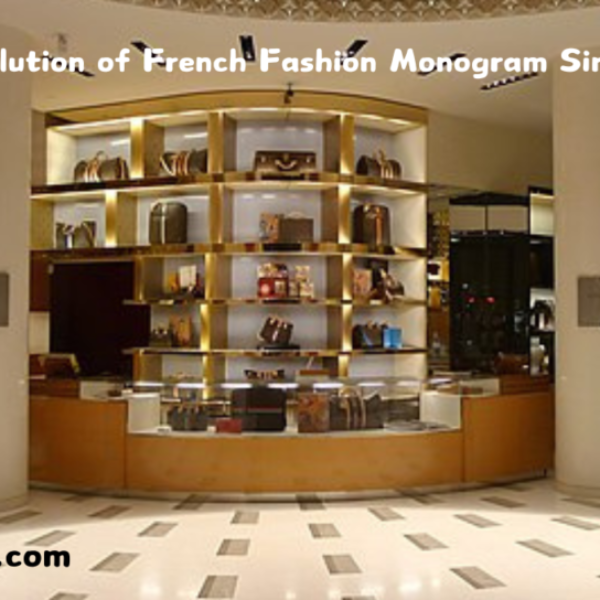The Evolution of French Fashion Monogram Since 1962
Since the beginning of time, French fashion has been representative of class, innovation, and quality. The monogram, which was designed in 1962, is responsible for the individuality and exclusivity of the French fashion brands. The goal of this piece is to trace the history of the French fashion monogram and to demonstrate the sequence of its establishment through the years, focusing on the 1960s period the most.
The Birth of the Monogram
The use of monograms can be found in the earliest days of history when they were first put on to coins in 350 BC. They went from simple signs, which craftsmen and artists used, to symbols representing wealth and the latest fashion.Louis Vuitton introduced the LV monogram in 1896. As the fashion industry grows, the LV monogram remains the most recognized mark and serves as a breakthrough for future years.
The 1962 Fashion Revolution
The year 1962 was a turning point in French fashion and it is important to note that. This period marked the transition towards a more contemporary and wearable fashion, with new concepts such as prêt-à-porter (ready to wear) collections. It brought fashion to the masses, making classy designs affordable for many people. The brand adopted this monogram to represent both luxury and affordability in their collections.
For instance, Hubert de Givenchy’s Givenchy started placing its interlocking “G” emblem more covertly into clothes and accessories. This form of branding was perfect for the post-war period when people wanted something simple yet classy. Similarly, under Michael Kors’ leadership in the late 1960s, Celine established the ‘blason’ logo with two intertwined Cs. This daring yet elegant design gained swift adoption.
Evolution of the Monogram Over the Decades
The 1960s & 1970s: A New Era of Branding
Universally, during the 1960s and 1970s, logoed monograms and designs found their way into the spotlight, primarily thanks to the skyrocketing market for off-the-rack clothes that made fashion companies search for the way to differentiate from one another. Initially, monogram use was for the rich but it had become a form of communicating a brand and a tool to establish it.
- Pierre Cardin was famous for space-age fashion, and most of his clothes had the “PC” logo on them.
- The “Cassandre” identifying logo of yves saint laurent in which two letters ‘Y’ and ‘SL’ are spaced symbolised the rising of the new spirit of Paris fashion and the modern woman.
- During that period, timeless brands reappeared. Goyard, with its ‘Y’ monogram canvas, became popular again in the late nineteenth century. Its retro look made people appear noble and associated with the greatness of labor.
The 1980s & 1990s: From Subtlety to Statement

The 1980s and 1990s witnessed a shift towards bolder and more ostentatious displays of luxury. Monograms became more prominent, often covering entire garments and accessories.
- Fendi’s “double-F” logo, which Karl Lagerfeld launched in the 1960s, became popular in the 1990s. One of them was illustrated on television. “Sex and the City” was the show that brought the “Fendi baguette bag” into the category of the things everyone should have.
- Dior launched the “Diorissimo” line, which displayed the brand’s name on products such as handbags and add-ons, making it the symbol of the glamorous 1990s.
During this time, famous people began using their names as powerful advertisement tools to convey information correctly. When Princess Diana frequently appeared with her ‘Lady Dior’ handbag, which was named after her, it added to the bag’s status as an iconic accessory and enhanced the famed Dior monogram.
The 2000s & Beyond: Modernization and Sustainability
The 21st century is when French fashion houses are still keeping on making monogram designs new through rehashing old motifs for an audience living somewhere in the future.
- Louis Vuitton dared to stretch out to Takashi Murakami, and Yayoi Kusama among others. To achieve this, Louis Vuitton created a very cool limited edition of monograms by twisting and playing artistically with classic LV monograms in their own way.
- Gucci, under Alessandro Michele, “GG” logo of that brand’s 2in-locking is one of the foremost elements in his maximalist designs and, thus, he is catching the fancy of the next rich people.
The top priority of the French luxury fashion industry in the recent- very concerned environmental stability. Nowadays, Woods have found a way to produce a variety of items with logos and at the same time perform the listed actions in a socially responsible manner. Stella McCartney, for instance, an advocate for sustainable materials and ethical fashion, opts for organic cotton and repurposed textiles in her collection, and therefore proves that the two can coexist.
Conclusion
The evolution of the French fashion monogram since 1962 shows the broader changes in the fashion industry and the changing preferences of customers. At its start as a sign of luxury and handiwork to its place in branding and narrative, the monogram still remains a solid representation of the long-lasting charm of the French fashion. Over the years, it is clear that French fashion brands will not stop to create innovative ways of reimagining and reinventing the monogram for future generations.
